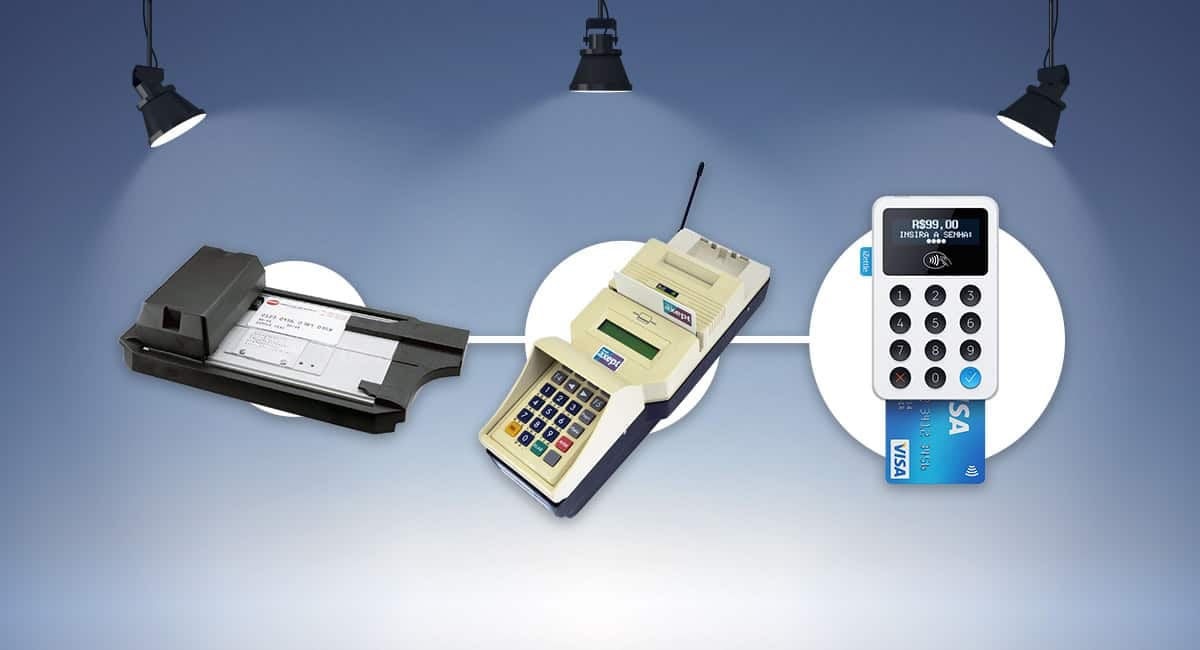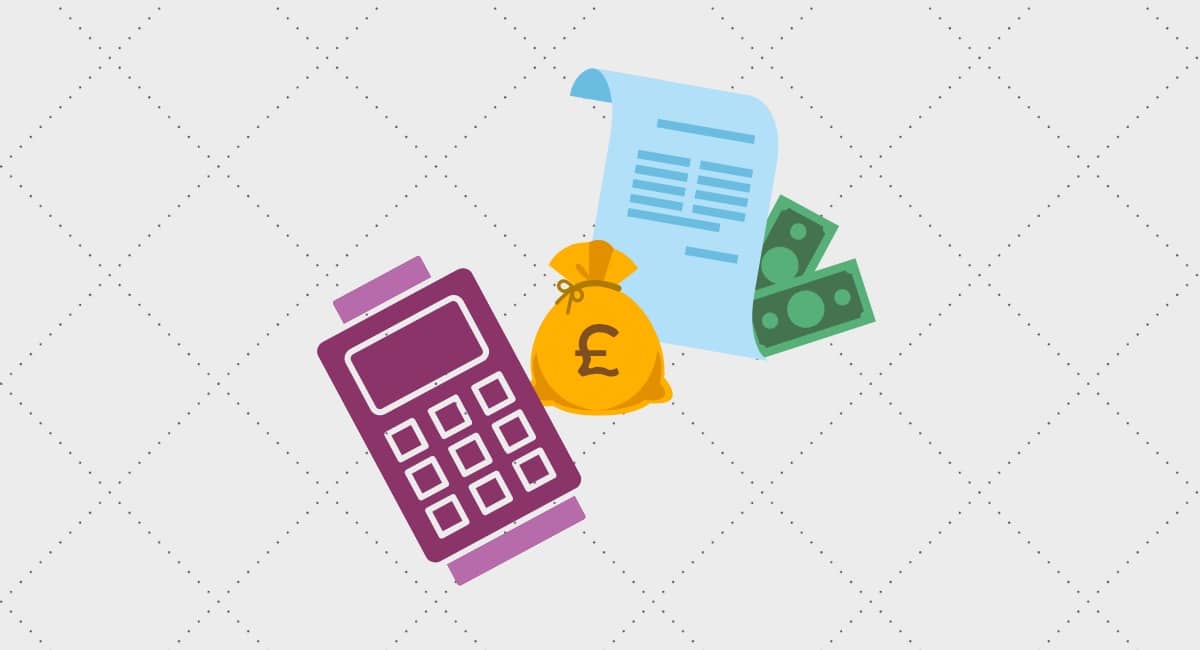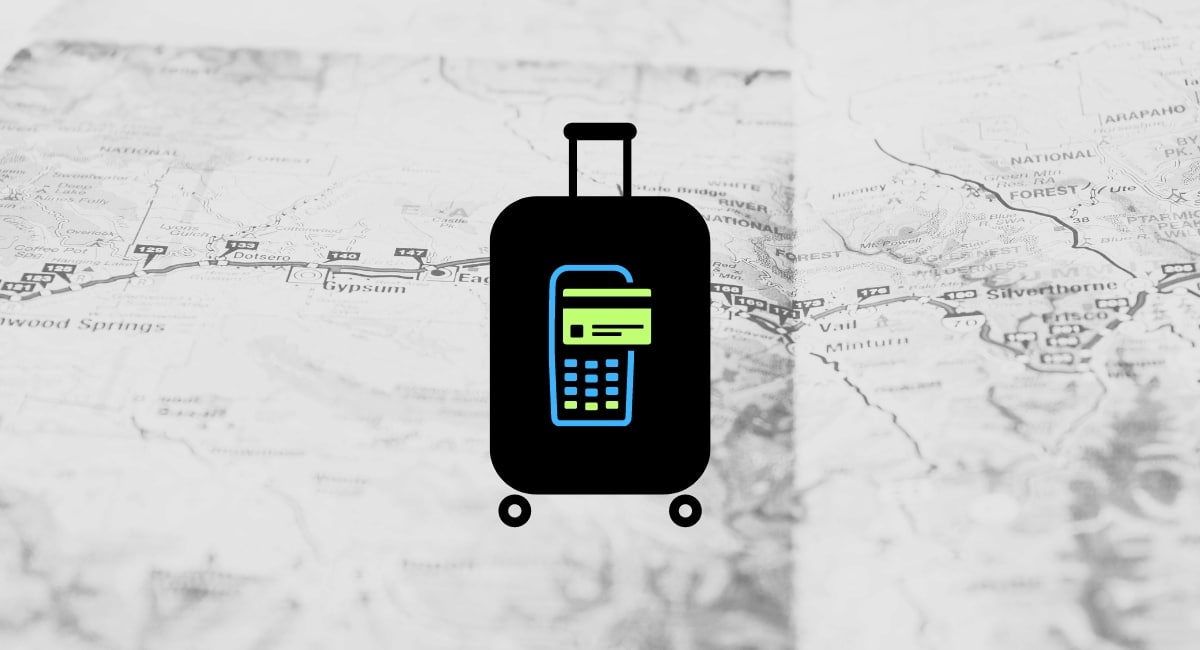It’s not uncommon in the UK to still come across minimum spends on card payments in shops. Small retailers, corner shops and cafés are just a few of the low-volume merchants imposing these rules, but is it a good idea?
What the rule books say
Let’s first set this straight – are you even allowed to set a minimum amount for card payments?
Every card network (e.g. American Express, Diners Club) has their own rules, and you are bound by the rules of the ones you accept. If you accept Visa and Mastercard in the UK, it is against the rules to require a minimum transaction amount. Visa’s official rules (page 109) state:
“A Merchant must not establish a minimum or maximum Transaction amount as a condition for honoring a Visa Card or Visa Electron Card.”
The same applies to Mastercard, who states in their rules:
“A Merchant must not require, or indicate that it requires, a minimum or maximum Transaction amount to accept a valid and properly presented Mastercard or Maestro Card.”
Any acquirer or card reader company that lets you accept these cards have to enforce this rule. To give an example, Zettle states in their Payment terms and conditions:
“You confirm and agree that the Card Scheme Rules have precedence over these Payment Terms and Conditions and that, in case of any conflict between a provision in these Payment Terms and Conditions and the Card Scheme Rules, the latter will prevail.”
If Zettle – or other card payment services – find out you are imposing limits on what customers can pay by card, they have to act on that, possible by closing or freezing your account with them.
Why merchants set a minimum – and why they’re not good reasons
Rule-breaking aside, why do some merchants still impose limits like a £5 minimum on card payments?
Mainly because of the fees they pay for each transaction. The logic is: the smaller the transaction amount, the higher is the proportion you pay in card fees in relation to what you keep for yourself.
The reality is, this only applies if you pay fixed fees (e.g. 20p per payment) for each transaction. If you pay the same percentage no matter how high the individual transaction amount is, you get to keep the same profit as when a customer pays a large amount in one go.
How you’re charged depends on your processor, acquirer and/or merchant service provider. It is now more common to just be charged fixed percentages of card payments, i.e. no matter how small a payment is, your profits won’t depend on transaction amount.
In most cases, your fee is determined by your monthly/annual sales volume and card type, not the number of transactions or individual transaction amounts.
In most cases, your fee is determined by your monthly/annual sales volume and card type, not the number of transactions or individual transaction amounts.
Merchants using certain providers like Worldpay and Elavon, however, may pay additional fees on top of standard percentage rates. In those cases, a £1 payment could incur a 20p+ fee if paid by an international premium card where, for example, interchange rates apply.
If all your transactions are that low, your profits would be lower compared to a higher amount average. But rarely is it today the case that someone pays a fee that incurs a literal loss for the company.
Read more: What is card interchange?
Another reason some merchants set a card transaction minimum is to speed up queues. In busy shops where queues are long and fleeting, merchants will care if it takes longer for someone to pay with a chip and PIN card. If everyone in the queue is only paying small amounts, it’s extra important the queue is fast enough to process enough sales to make a significant profit.
But now that contactless is has gained popularity in the UK, tap and go solves this issue – in fact, it is in most cases the fastest way to pay.
Impact of customer habits
Lastly, how does it impact your customers’ decisions to be faced with a minimum amount?
To put it bluntly, you lose sales. In some cases, customers feel obligated to find enough to buy to make it over the threshold, but sometimes, they can’t afford more things or simply don’t want to buy more than needed. This isn’t the best impression to give. Even well-meaning people who say they will take out money and come back to pay in cash – they only come back sometimes.

Contactless payments are gaining popularity in the UK, especially at food-and-drink places where low transactions are frequent.
Especially small businesses are vulnerable to the customer’s experience. Asking them to go out of their way to pay for something they were initially ready to pay for with a card is a risky move. People are increasingly carrying less cash in the UK, so you can expect more and more customers deciding not to pay if you require a minimum amount.
What should you do?
Following the rules you’re bound by is always essential to avoid heavy fines or account freezes. Check all the terms and contracts you’re trading under to know your obligations. Even card reader companies that overtly say they don’t have a contract – they still need you to follow their terms and conditions as well as those of the card schemes (e.g. Visa, Mastercard, Amex) you’re accepting through them.
If you’re stuck in a payment contract with a high fees-to-profit ratio for low transactions, you will have to swallow this cost for the duration of the contract. That said, you’ll only be prepared for the future by accepting low transaction amounts as more and more consumers are going cashless.
It is also a requirement for Visa and Mastercard merchants to have a contactless terminal by year 2020, which will speed up queues and overall make customers more inclined to use cards routinely for small amounts.
Read more: Contactless payments taking off in the UK




